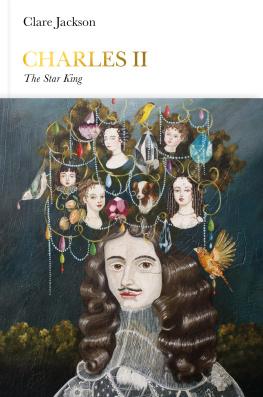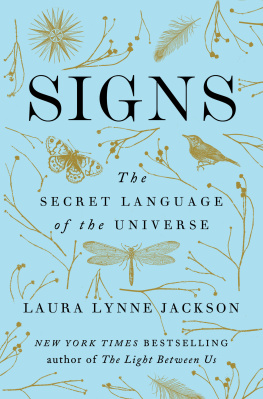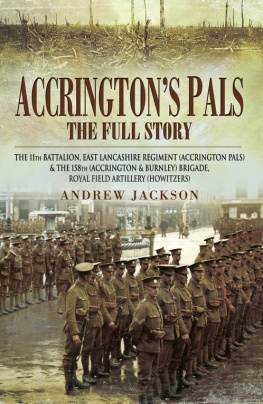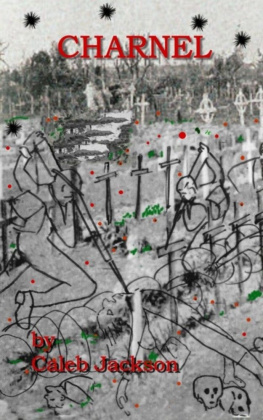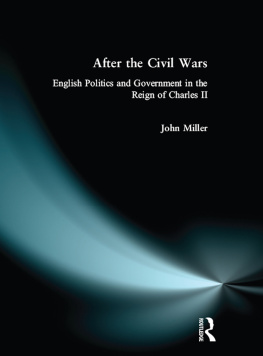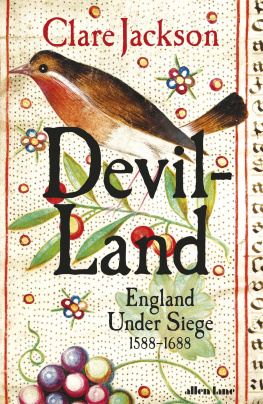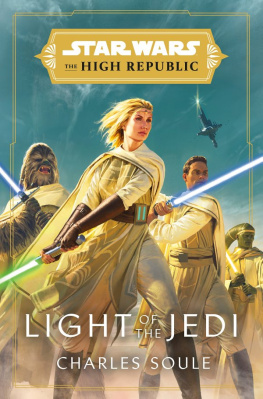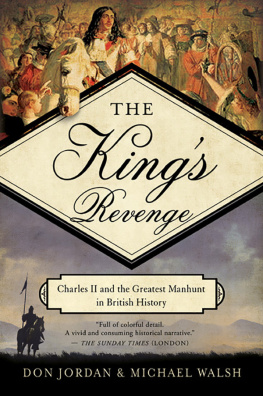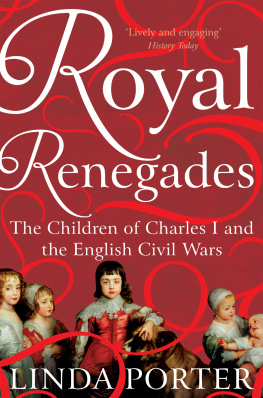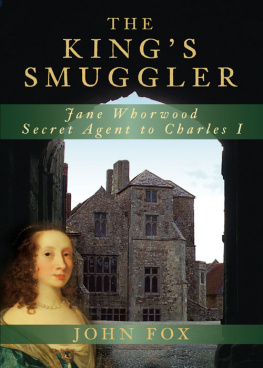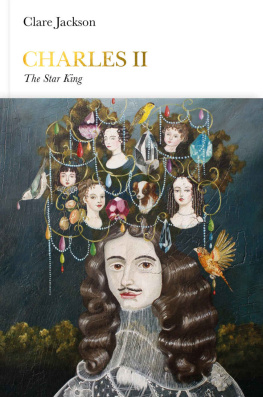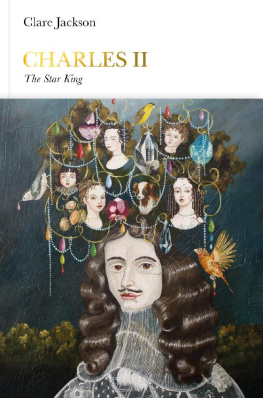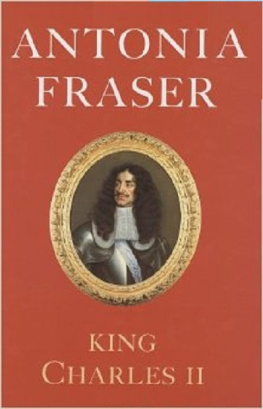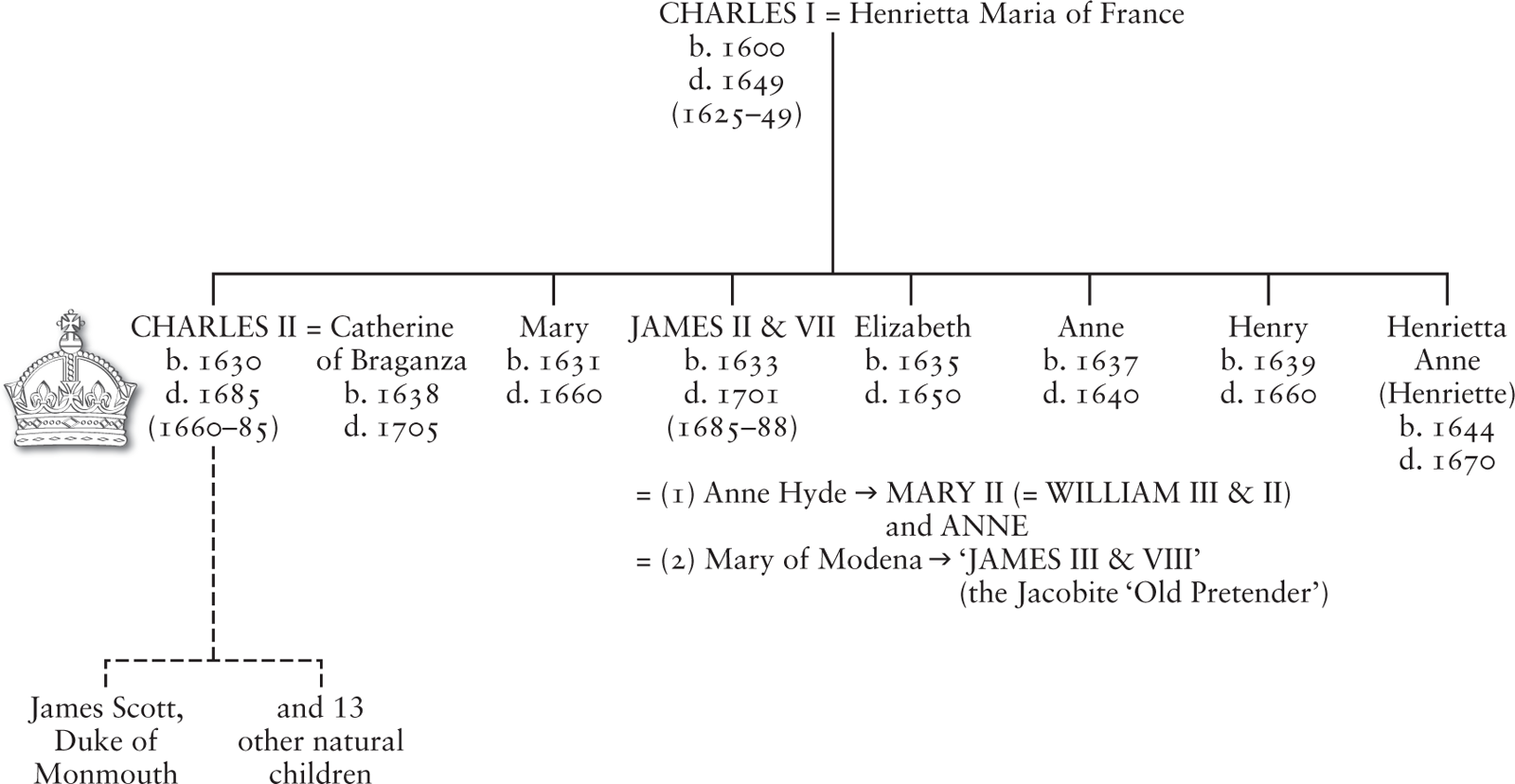Contents
Clare Jackson
CHARLES II
The Star King
ALLEN LANE
UK | USA | Canada | Ireland | Australia
India | New Zealand | South Africa
Allen Lane is part of the Penguin Random House group of companies whose addresses can be found at global.penguinrandomhouse.com.
First published 2016
Copyright Clare Jackson, 2016
Cover design by Pentagram
Jacket art by Anne Siems
The moral right of the author has been asserted
ISBN: 978-0-141-97977-9
THE BEGINNING
Let the conversation begin
Follow the Penguin Twitter.com@penguinUKbooks
Keep up-to-date with all our stories YouTube.com/penguinbooks
Pin Penguin Books to your Pinterest
Like Penguin Books on Facebook.com/penguinbooks
Listen to Penguin at SoundCloud.com/penguin-books
Find out more about the author and
discover more stories like this at Penguin.co.uk
Penguin Monarchs
THE HOUSES OF WESSEX AND DENMARK
| Athelstan | Tom Holland |
| Aethelred the Unready | Richard Abels |
| Cnut | Ryan Lavelle |
| Edward the Confessor | James Campbell |
THE HOUSES OF NORMANDY, BLOIS AND ANJOU
| William I | Marc Morris |
| William II | John Gillingham |
| Henry I | Edmund King |
| Stephen | Carl Watkins |
| Henry II | Richard Barber |
| Richard I | Thomas Asbridge |
| John | Nicholas Vincent |
THE HOUSE OF PLANTAGENET
| Henry III | Stephen Church |
| Edward I | Andy King |
| Edward II | Christopher Given-Wilson |
| Edward III | Jonathan Sumption |
| Richard II | Laura Ashe |
THE HOUSES OF LANCASTER AND YORK
| Henry IV | Catherine Nall |
| Henry V | Anne Curry |
| Henry VI | James Ross |
| Edward IV | A. J. Pollard |
| Edward V | Thomas Penn |
| Richard III | Rosemary Horrox |
THE HOUSE OF TUDOR
| Henry VII | Sean Cunningham |
| Henry VIII | John Guy |
| Edward VI | Stephen Alford |
| Mary I | John Edwards |
| Elizabeth I | Helen Castor |
THE HOUSE OF STUART
| James I | Thomas Cogswell |
| Charles I | Mark Kishlansky |
| [ Cromwell | David Horspool ] |
| Charles II | Clare Jackson |
| James II | David Womersley |
| William III & Mary II | Jonathan Keates |
| Anne | Richard Hewlings |
THE HOUSE OF HANOVER
| George I | Tim Blanning |
| George II | Norman Davies |
| George III | Amanda Foreman |
| George IV | Stella Tillyard |
| William IV | Roger Knight |
| Victoria | Jane Ridley |
THE HOUSES OF SAXE-COBURG & GOTHA AND WINDSOR
| Edward VII | Richard Davenport-Hines |
| George V | David Cannadine |
| Edward VIII | Piers Brendon |
| George VI | Philip Ziegler |
| Elizabeth II | Douglas Hurd |
Note on the Text
In Charles IIs reign, the Julian (Old Style) calendar was in use throughout his three kingdoms of England, Scotland and Ireland; this was ten days behind the Gregorian (New Style) calendar followed in continental Europe. In this book, 1 January is taken as the start of each year, as had been the case in Scotland since 1600, although the English New Year officially started on 25 March. In quotations from primary sources, original orthography has usually been modernized and punctuation amended.
1
The Star King
If you were to stop someone on the street and show them images of British monarchs through the ages, Charles II would be among the most recognizable. As the cover of this volume vividly confirms, few kings so readily embody the distinct texture of their period: for many, the Merry Monarch is the Restoration. Lusciously flowing dark ringlets and sumptuously rich Cavalier attire evoke nostalgic impressions of baroque theatricality, swashbuckling extravagance and sexual innuendo. In popular memory, costume dramas and romantic fiction, Charles is affectionately remembered as one of this countrys most charismatic and affable monarchs. He was that rare phenomenon: a king with real star quality.
Precisely because of this correlation, however, few monarchs have acquired so polarized a posthumous reputation. Scholarly opinion has preserved a more equivocal distance, refusing to be seduced by this kings popular appeal. To aspiring biographers, Charles presents a challenge, having repeatedly evaded attempts to capture his personality. Since contemporary accounts of his character yield only a prevailing feeling of unreachability, frustrated historians have reluctantly concluded that the man inside the king
This biography emphasizes instead the vital importance that Charles attached to popular perceptions and public representations of his kingship. No other monarch in British history has succeeded as king after a republican experiment. No other monarch was thus so acutely aware of the extent to which, following a largely peaceful restoration to his English, Scottish and Irish thrones in 1660, his survival as monarch depended on his subjects goodwill after two traumatic decades that had seen prolonged and bloody civil wars, culminating in his fathers execution, and a period of republican and military rule dominated by , followed by four chapters focusing on visual, ceremonial, literary and posthumous depictions of Charles II. This thematic approach reflects not only this particular monarchs preoccupations, but also our own modern obsessions with external appearance and presentational spin.
An appreciation of this kings performance is thus key to probing his personality. Indeed, as an avid supporter of Restoration theatre, Charles was adept at donning different roles, of which being monarch was just one. As an eight-year-old, he had been advised by his governor, William Cavendish, Earl of Newcastle, that a king must know at what time to play the king, and when to qualify it and, during the civil wars, Charles preserved his life precisely by disguising his identity and successfully impersonating his humblest subjects while on the run from Parliamentarian enemies. Moreover, at the Restoration, Charless image became central to reasserting royal authority and to reconstituting monarchical culture more widely. Accordingly, he remains one of the most frequently depicted monarchs in British history before the advent of modern photography and film, with many more portraits, prints and sculptures surviving of Charles II than of his father, despite the cult of martyrdom that attached to Charles I after his execution in 1649. Posteritys appreciation of Charles II is also necessarily refracted through his public persona and the observations of others since he left no published writings or diaries and few personal letters, unlike his father or his grandfather James I and VI.

